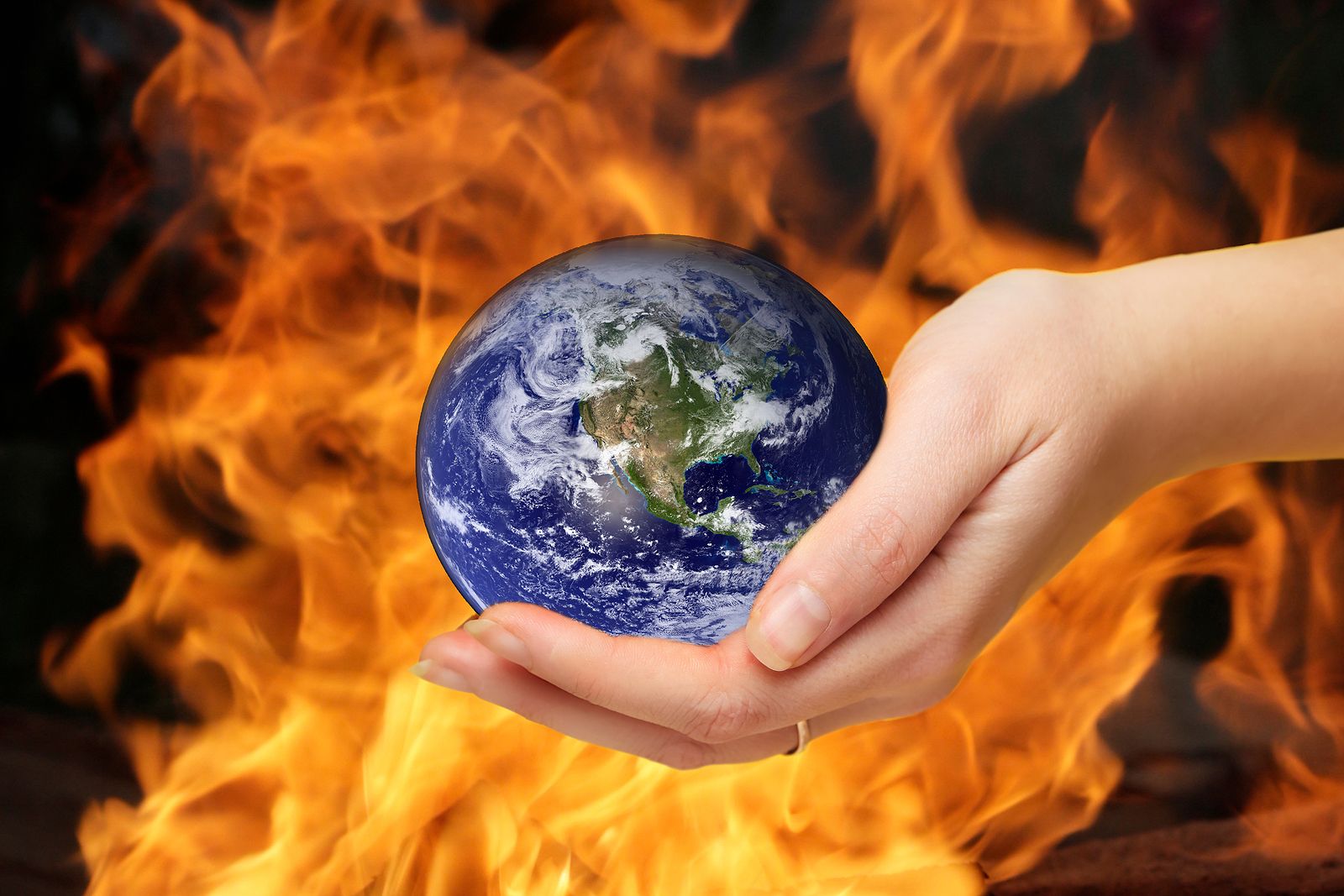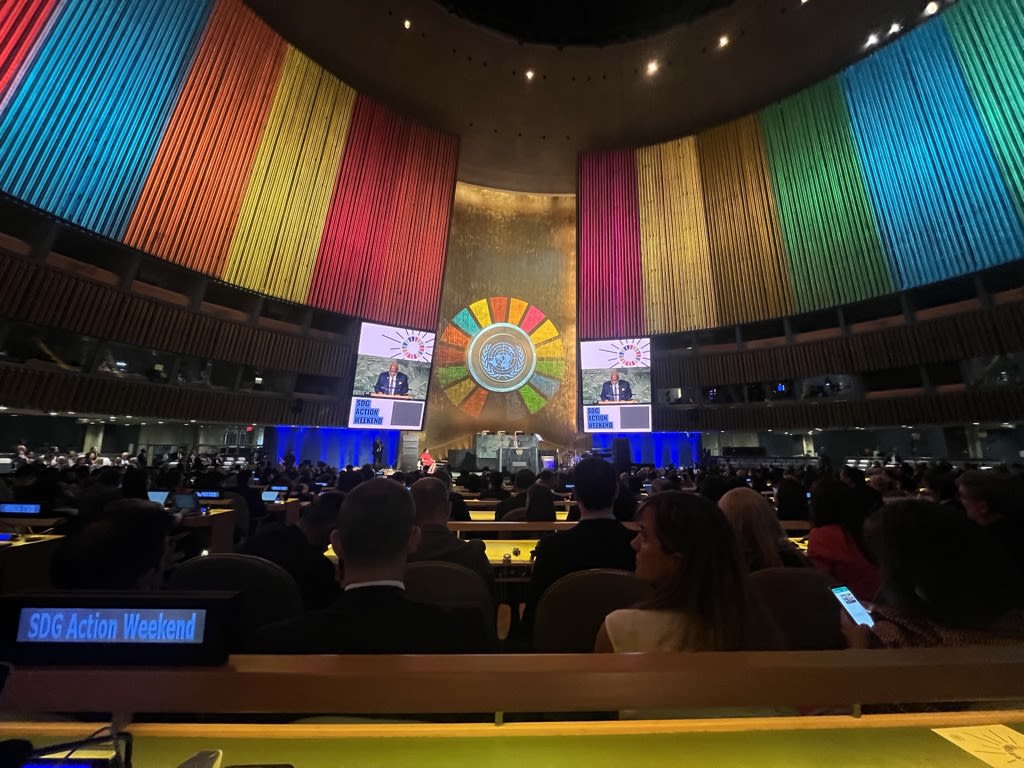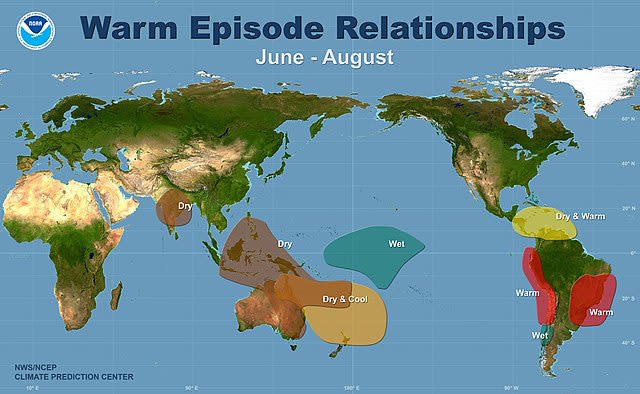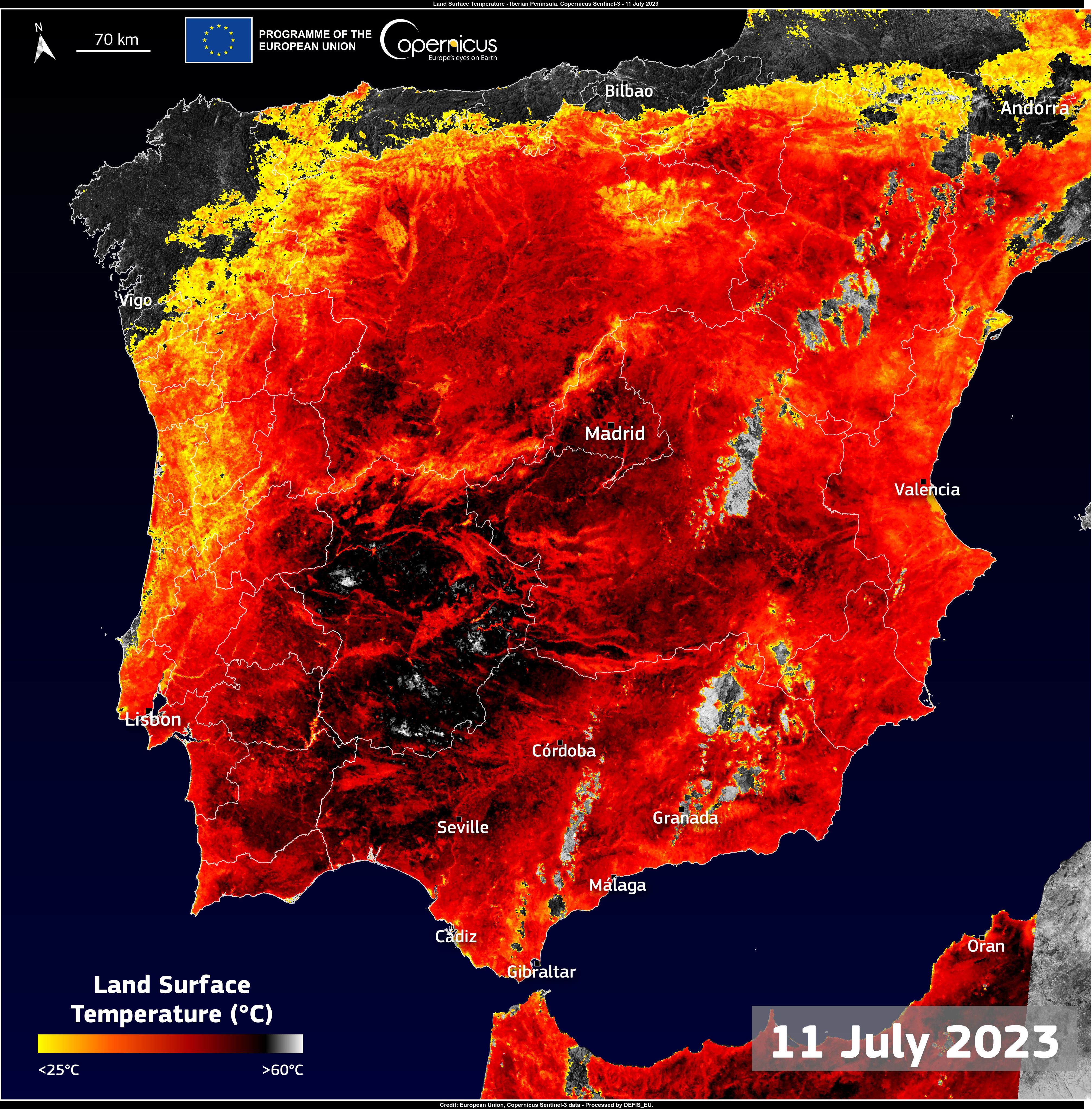It's Time to Wake Up
This catastrophic year must open our eyes to the impending climate crisis. We have ways to slow it down.

In a world ablaze, this summer wrote a fiery chapter of record-shattering heatwaves and monstrous wildfires. Everywhere we turned, nature's fury was evident, reminding us of the searing consequences of a planet running a fever.
Data shows that this summer was the warmest by a wide margin. Between June and August, the average temperature was 62.2 degrees Fahrenheit (16.8°C). The new record surpasses the runner-up, 2019, by 0.29°C.
July was the hottest month of them all, claiming the warmest month since 1880. Moreover, four days in a row, Earth documented its warmest day. July 7 took the title, reported at nearly 63 degrees Fahrenheit.
Recently, the United Nations released yet another ominous report indicating that governments must take action immediately to evade breaching the 1.5°C mark set by the Paris Climate Accords in 2015.
Unfortunately, the tone set at the SDG Summit in mid-September was somber. Only 15 percent of the 17 Sustainable Development Goals (SDGs) are on target, and several SDGs are regressing as we reach the halfway point of the 2030 Agenda.

President of the 78th General Assembly Dennis Francis speaks to the crowd at the SDG Action Weekend ahead of the SDG Summit. Photo courtesy of Evan Michaeli.
President of the 78th General Assembly Dennis Francis speaks to the crowd at the SDG Action Weekend ahead of the SDG Summit. Photo courtesy of Evan Michaeli.
Let me be clear: this summer's wrath was not a farce but a stark outlook for the future. We must wake up and quit pounding the snooze button on climate action.
Yet, it sounds like a broken record. We frequently hear of destruction from a climate dystopia. Officials pledge climate action, only to fail. In this scenario, we tend to neglect the positives.
I say we can't. We can't yield to negative thinking. We can't overlook a positive future.
Most importantly, we can't keep silent for our future.
But not through vandalizing or disrupting civilians. Protests that target theater productions like the one at Les Misérables in London or barricading highways elicit fear and anger. Rather, through innovation, voice, and policy.
We must tout environmental victories. We must communicate alternatives along with disasters. We must harness the power of youth and the fearless attitude to cause change.
Heat
Unleashing fury upon Earth.

Southwest
Are we sure the American Southwest didn't get mistaken for a sauna? The Southwest region experienced severe heat all summer long and received zero relief. Residents in Phoenix witnessed a streak of 31 consecutive days above 110°F, and College Station in Texas saw 50 straight days of 100°F heat.
Even going outside for a walk wasn't without danger. Falling or sitting on the pavement may result in a third-degree burn as the pavement in desert metropolises could reach 170 degrees Fahrenheit on a hot day.
A Las Vegas doctor told The Washington Post that a third of the burn victims in his unit came from pavement burns.
China
China confronted a tremendous heatwave in the month of July, where temperatures topped 126°F (52.2°C) in a small village in the northwest region. Beijing logged at least 11 days over 104°F (40°C) and documented a high of 106°F on June 22, a record for the month.
On July 10, according to CNN, China documented a daily record of 4.09 billion kilowatt-hours (kWh) of electricity production, transcending the previous record by 40 million kWh.
Mediterranean
The Mediterranean region underwent a historic summer of heat. Life for locals, along with tourist schedules, altered significantly.
High temperatures and scarce rain in Catalonia left reservoirs at 30 percent capacity. French harvestworkers and construction workers began their days before dawn to avoid the warmth. Tourists visiting Italy in August were urged to stay indoors to escape the insufferable heat as Italian authorities raised heat alerts in 16 cities, including Rome and Milan. Greek tourist attractions limited hours to compensate for the heatwave.
Because European cities are normally temperate, the absence of air conditioning exacerbated the heatwaves and caused a greater chance of heat stress.
India
In June, India scrambled in panic as a tremendous heatwave swept the country, killing almost 170 people.
At times, the stench of death became unavoidable.
"So many people are dying from the heat that we are not getting a minute’s time to rest. On Sunday, I carried 26 dead bodies," Jitendra Kumar Yadav, a hearse driver in the northern state of Uttar Pradesh, told the Associated Press.
Hospitals returned to the pandemonium they faced during the height of the COVID-19 pandemic. The largest hospital in Ballia district could not house more heat victims and the morgue was at full capacity as 54 senior citizens occupied the morgue. Even if patients could find a place inside the hospital, a refuge from the heat was not guaranteed. Al Jazeera reported that medical staff fanned patients with books and dabbled sweat on them, hoping to keep sufferers cool.
Even worse, constant power outages deprived Indians of air conditioning and water.
Chile
August is typically the coldest time for Chile and neighboring South American countries. This year, the region boiled through a historic heatwave.
Chile and Argentina saw temperatures soar to triple digits, highly unusual for this time of year. In some areas, the highs are more than 20°C (68°F) above average. That is a drastic shift. According to CNN, Buenos Aires, the capital of Argentina, sees an average of 64°F in winter. On August 1, the high topped at 86°F.
Such an anomaly in temperatures during the winter months should spark concern for the future in South America.
You know, heat kills.
According to NOAA, extreme heat is the deadliest weather-related event in America. In fact, heat claimed more American lives than lightning and tornadoes combined on average in the last decade.
Alas, the Federal Emergency Management Agency (FEMA) cannot offer assistance for heat-stricken regions because heatwaves are not specifically cited in the Stafford Act, the law that dictates FEMA's response to natural catastrophes.
Only one word describes the ineptitude of Congress, failing to pass legislation amending the Stafford Act: unacceptable. Unacceptable for the overworked hospital staff and infrastructure negligence. We must rethink aid for disasters, not just property, but also for living creatures. Congress cannot deny the health consequences of heatwaves any longer.
It is clear that global warming is a driving factor in heatwaves. One study published by World Weather Attribution found that without human-caused climate change, extreme heat events would be rare in China and almost impossible in the United States and Southern Europe. Due to global warming, these severe heat events could occur every five to 15 years.
Climate Central, a climate research center, discovered climate change made the harsh heatwaves this summer twice as likely.
“In every country we could analyze, including the Southern Hemisphere where this is the coolest time of year, we saw temperatures that would be difficult — and in some cases nearly impossible — without human-caused climate change,” Vice President of Science for Climate Central and leading author Andrew Pershing said.
In 2021, the Intergovernmental Panel on Climate Change (IPCC) determined some of the factors of the unprecedented heat to be increased aerosol use and urbanization.
However, World Weather Attribution mentioned, "... the burning of fossil fuels is the main reason the heatwaves are so severe."
When heatwaves ensue, we simply turn on our air conditioners. That action alone increases reliance on fossil fuels. The Department of Energy says that six percent of electricity is produced in the United States and discharges 117 million metric tons of carbon dioxide annually. Of course, this causes a chain reaction.
Furthermore, the IPCC deemed it "virtually certain" that powerful and frequent heatwaves will continue.
While climate change has its role in fatal heatwaves, it is crucial to mention the link between the harsh heat and the natural phenomena of El Niño.

El Niño impacts globally during the Northern Hemisphere summer months. Photo courtesy of Wikimedia Commons and NOAA.
El Niño impacts globally during the Northern Hemisphere summer months. Photo courtesy of Wikimedia Commons and NOAA.
During El Niño, warmer waters off the Pacific coast of South America induce warmer summer temperatures. El Niño enhances the risk of droughts and floods for regions around the world.
Social Consequences
Unfortunately, heat comes with some mighty social consequences.
First, with a rise in metropolises, protection against the heat is segregated. Poorer neighborhoods in cities are likely to be "urban heat islands." Urban heat islands are a direct consequence of urbanization.
Surfaces like roads and buildings absorb more heat than natural vegetation, and tall buildings create an "urban canyon effect," which traps heat between buildings.
Analyses show that heat islands can cause temperatures to increase from 1°F to 7°F during the day and 2°F to 5°F at night. Thickly vegetated areas in a city may see temperatures up to 20°F cooler than their heat island counterparts.
Sadly, according to the Environmental Protection Agency (EPA), current heat islands and past redlined zones have a noticeable link. Investigations in three U.S. cities -- Baltimore, Dallas, and Kansas City -- revealed that historically redlined communities had less vegetation and high temperatures.
Likewise, the EPA pointed to another study that examined 500 U.S. metropolitan neighborhoods. The study concluded heat islands were more intense in lower-income and Black populations.
In addition, a study conducted by JAMA Psychiatry related a rise in temperatures by 1°C to domestic violence in Pakistan and India. The research tracked more than 190,000 girls and saw an 8 percent rise in physical violence and a 7.3 percent increase in sexual violence.
A woman in India told The Guardian that the intense heat made it hard for her husband to work in the fields, thus losing their sole source of income.
“He becomes angry because he feels helpless about not being able to feed the children,” the woman said. “When the frustration builds up and the children are whining and fighting, he takes it out on me. He also beats them too. He regrets hitting the children later but the next day when he still can’t go out and earn, he does it again.”


